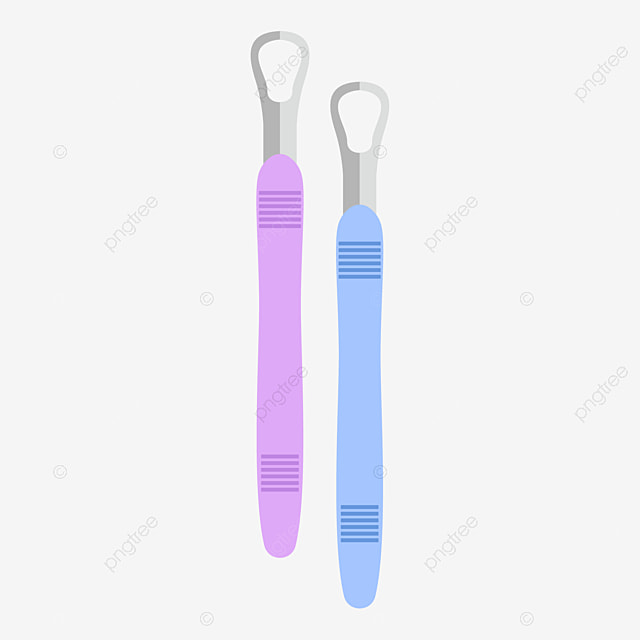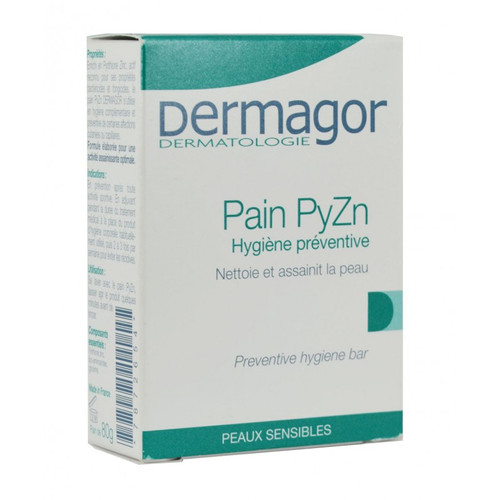Cleaning Teeth Tools

The importance of maintaining good oral hygiene cannot be overstated, and at the heart of this practice is the simple yet effective act of cleaning teeth. Over the years, various tools have been developed to make this task more efficient, effective, and comfortable. From the traditional toothbrush to the latest in dental technology, the array of cleaning teeth tools available today is vast and varied.
Historical Evolution of Dental Cleaning Tools
The history of dental cleaning tools dates back thousands of years, with early civilizations using twigs with frayed ends to clean their teeth. The ancient Chinese, for example, are known to have used chew sticks, which were essentially twigs with one end chewed to create a brush-like texture. The development of the toothbrush as we know it today, with its bristles and handle, is credited to the Chinese during the Tang Dynasty (619-907 AD), who used boar or horse hair for the bristles.
Modern Toothbrushes
Fast forward to the present day, and we have a wide range of toothbrushes designed to cater to different needs and preferences. Manual toothbrushes remain a popular choice, offering variations in bristle texture, handle design, and even character themes for children. However, electric toothbrushes have gained significant popularity due to their ease of use and proven efficiency in removing plaque and improving gum health. Features such as timers, pressure sensors, and different cleaning modes have made electric toothbrushes a staple in many oral hygiene routines.
Interdental Brushes and Floss
While toothbrushes are excellent for cleaning the surfaces of teeth, they often struggle to reach the tight spaces between teeth and below the gumline. This is where interdental brushes and dental floss come into play. Interdental brushes are designed for cleaning between teeth and come in various sizes to accommodate different gap widths. Dental floss, on the other hand, is a thread that is gently maneuvered between teeth and under the gumline to remove food particles and plaque. Both tools are essential for preventing interdental cavities and maintaining healthy gums.
Waterpiks and Oral Irrigators
For those looking for a more advanced and comprehensive cleaning experience, waterpiks and oral irrigators offer a unique solution. These devices use a stream of water to remove plaque, bacteria, and food particles from between teeth and below the gumline. They are particularly useful for individuals with dental work such as braces or dental implants, where traditional cleaning methods may not be as effective. Waterpiks can also be an excellent tool for people with sensitive teeth and gums, as the water pressure can be adjusted to a comfortable level.
Dental Picks and Scrapers
Dental picks and scrapers are tools used for more precise cleaning and are often recommended for individuals with specific oral health needs. Dental picks can be used to remove plaque and tartar from between teeth, while scrapers are designed for gentle removal of plaque from the surface of teeth. However, these tools should be used with caution and ideally under the guidance of a dental professional, as improper use can lead to damage to the teeth or gums.
Professional Dental Cleaning Tools
Professional dental cleaning involves the use of specialized tools that can only be operated by trained dental professionals. Ultrasonic scalers, for example, use high-frequency vibrations and water flow to remove tartar and plaque both above and below the gumline. These devices are far more effective than any consumer product and are crucial for maintaining deep gum pockets free of bacteria and debris.
The Future of Dental Cleaning Tools
As technology continues to advance, we can expect to see the development of even more sophisticated dental cleaning tools. Already, there are brushes with built-in timers, pressure sensors, and apps that offer personalized oral care advice based on your brushing habits. The integration of AI in dental care is also on the horizon, with potential applications in personalized oral health plans, real-time plaque detection, and automated brushing guidance.
Practical Application Guide
- Choose the Right Toothbrush: Consider an electric toothbrush for its efficiency and ease of use, but ensure it has features like a timer and pressure sensor.
- Don’t Forget Interdental Spaces: Use interdental brushes or floss once a day to keep the areas between your teeth clean.
- Consider Advanced Tools: If you have specific oral health needs, such as dental implants or sensitive gums, consider using a waterpik or oral irrigator.
- Visit Your Dentist Regularly: No matter how diligent you are with your oral hygiene, professional dental cleanings are indispensable for removing tartar and preventing serious oral health issues.
FAQ Section
What is the best way to keep teeth clean between brushings?
+Chewing sugar-free gum can stimulate saliva production, which helps to naturally clean teeth by washing away bacteria and food particles. Additionally, water can be used to rinse the mouth, though this method is less effective than chewing gum.
How often should I visit the dentist for professional cleaning?
+It is generally recommended to visit the dentist for a professional cleaning every six months. However, this frequency may vary based on individual oral health needs and risk factors for oral diseases. Your dentist can provide a personalized recommendation.
Can I use a waterpik if I have braces or other dental work?
+Yes, waterpiks can be particularly beneficial for individuals with dental work such as braces. They can help remove food particles and plaque from areas that are difficult to reach with a toothbrush. However, it's advisable to consult with your orthodontist or dentist to ensure you're using the waterpik correctly to avoid damaging your dental work.
In conclusion, the world of dental cleaning tools is rich and diverse, offering a range of solutions for every individual’s unique oral health needs. From the simple yet effective toothbrush to the sophisticated technology of waterpiks and professional ultrasonic scalers, maintaining good oral hygiene has never been more achievable. By understanding the different tools available and incorporating them into a daily routine, individuals can enjoy healthier teeth and gums, contributing to overall well-being and confidence in one’s smile.

